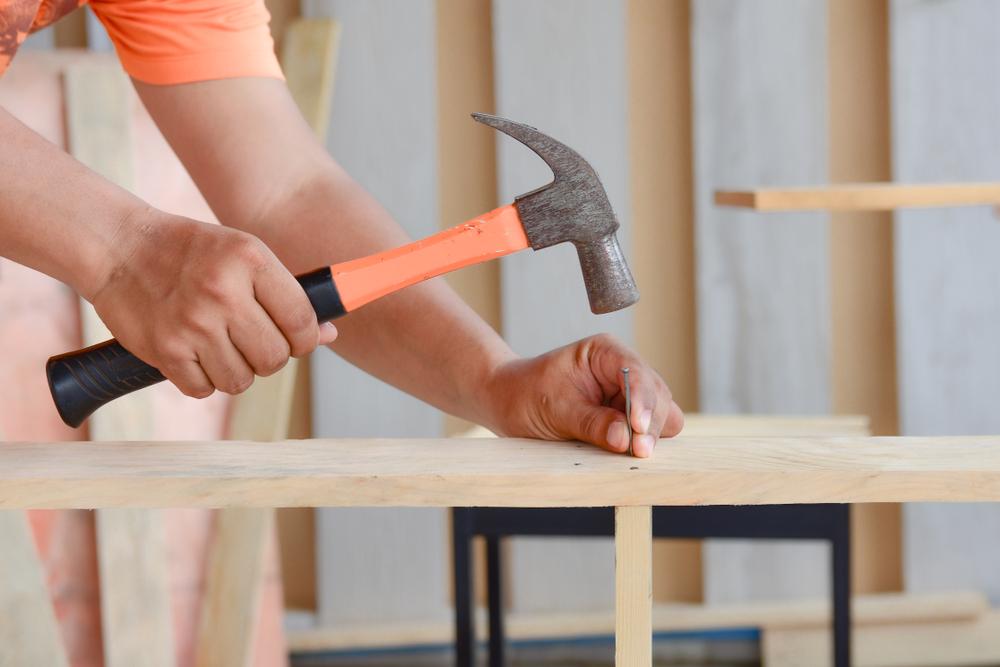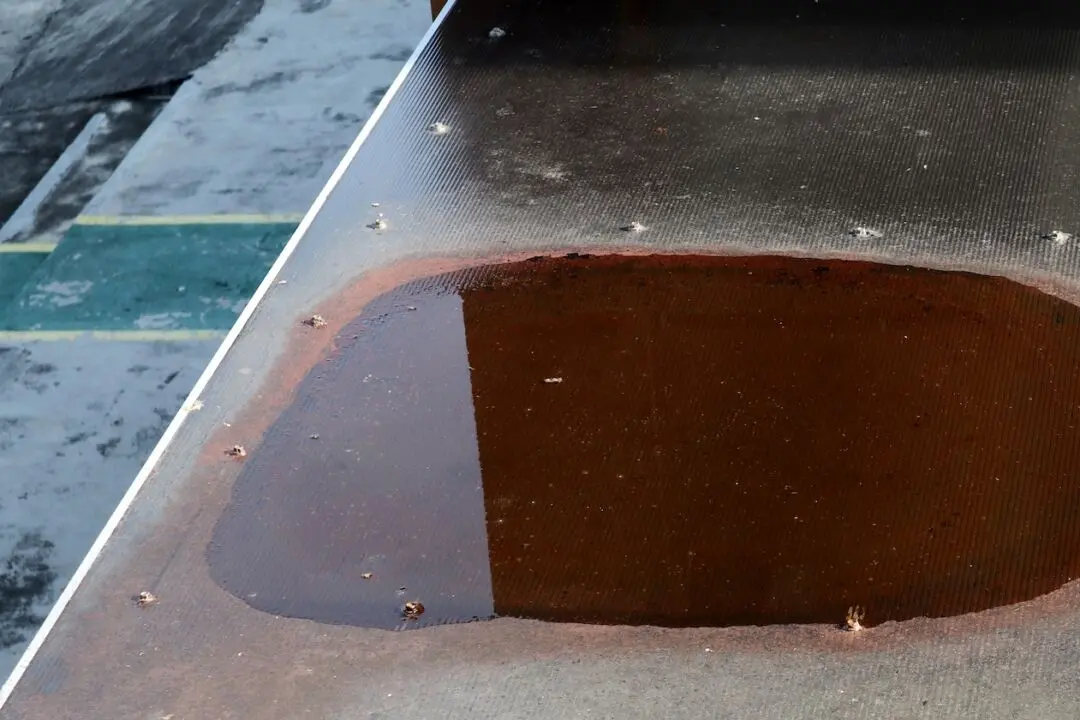Dear James: I got a new tool set and plan on doing some repair projects. I went to buy some nails, but the selection is overwhelming. What types of nails are best for various projects? —Alison R.
Dear Alison: Selecting among the tremendous numbers of nails and other fasteners can be overwhelming because many of them look about the same. As you become a more experienced DIYer, you will appreciate the functional advantages of some of these subtle differences among them.
Most nails that you will be needing fall into four basic categories: common, casing, finishing, and brads. Once you understand the basic differences among these, it will be easier to select the proper fastener and size.





